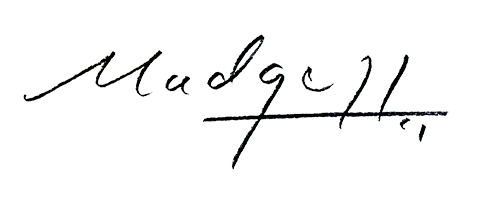The Hard Way
September 28, 2025
The hard way is rarely the most glamorous, and almost never the fastest, but in painting, it’s the only way that leads anywhere worth going. Mastery doesn’t come by accident. It arrives through long hours spent doing the same thing over and over, not because it’s thrilling, but because it matters. The line that flows effortlessly across the canvas, the shadow that feels weightless and alive, the brushstroke that lands just right, none of it is magic. It’s the result of effort so consistent it becomes invisible. What looks like ease is built on the back of difficulty.
There’s something deeply honest about embracing the hard way in art. To commit not just to making beautiful things, but to understanding what makes them beautiful. To sit with the mechanics, the line, the form, the edge, the value, until they’re no longer separate from the work, but part of your thinking, your touch, your instincts. It’s not glamorous to practice fundamentals. It doesn’t feel inspired to draw the same shape again and again or to wrestle with a brush until it does what you intend. But this is where the real growth happens, beneath the surface, in the quiet repetition of discipline.
And yet, this discipline isn’t rigid. It’s what gives freedom its structure. When the technical becomes second nature, your hands stop hesitating. You can move fluidly, intuitively, with trust in your ability to land where you mean to land. That’s when painting begins to feel like music, when you can improvise because you’ve internalized the scale. You don’t need to stop and think about how to make the paint behave, it listens, because you’ve done the work to understand its language.
There’s a reason the hard way is often overlooked. It asks for patience in a world that promises shortcuts. But every shortcut in art is a delay in disguise. You can skip ahead, yes, but you’ll always be circling back, eventually, to the same foundational skills. Better to meet them early, head-on, with curiosity and respect. Let them challenge you. Let them frustrate you. Let them become part of your vocabulary so completely that you no longer think about “technique”, you simply paint.
The irony is that the more you lean into the hard way, the easier the work becomes. Not easy in the sense of effortless, but easier in the way walking becomes after years of practice. You stop tripping. You move with rhythm. You begin to see with more clarity and less fear. This is how great painters are made, not through talent alone, but through their willingness to take the long road, to choose study over shortcuts, to labor over the invisible parts of the process no one claps for.
And when it’s time to make something that matters, something honest, something that holds up under scrutiny, you’ll be ready. The skills will be there, not as tools you have to search for, but as reflexes you can call on without thinking. You’ll have earned your fluency. And with it, the freedom to make great work not by chance, but by choice.
In art, as in most things, the best way is usually the hard way. And that’s what makes it yours.
The Christopher Mudgett archive collection is the only one in the world to present the artist’s up-to-date painted, sculpted, engraved and illustrated œuvre and a precise record—through sketches, studies, drafts, notebooks, photos, books, films and documents—of the creative process.

© 2025 MUDGETT ARCHIVE